Nobody is perfect, much less so at two am when spirits are high and you stumble home merrily. When the inevitable hunger pangs strike and the inhibitions are low, we can all succumb to the bright lights and calls of the urban sirens, also known as the chicken shop
I’ve certainly been there. I’ve visited Roosters Spot in Stockwell, 100 metres from my flat, more times than I’d care to share for someone who cares about food and where it comes from.
There’s a clear internal conflict; the desire to eat and enjoy oneself frivolously, combined with a guilt about the origins and its impact. So, I decided to investigate, is fried chicken really that bad?
I’ve visited Roosters Spot in Stockwell more times than I’d care to share for someone that cares about food. Jack Thompson, staff writer at Wicked Leeks
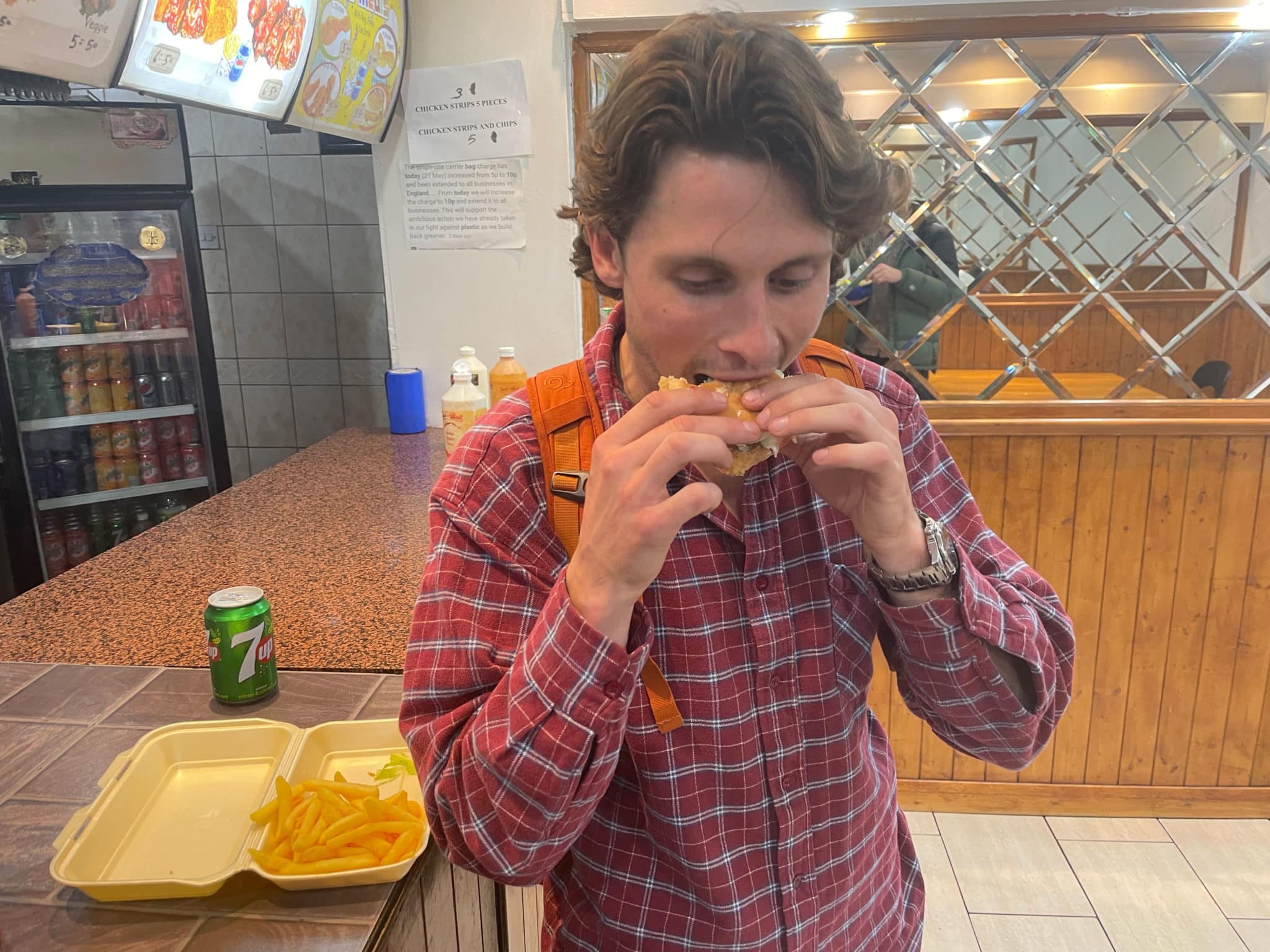
According to Rob Percival, head of food policy at organic certifier, the Soil Association, chicken production in the UK and globally is as bad, if not worse than we might think.
“95 per cent of these birds are fast-growing breeds, intensively farmed in sheds of 40,000 minimum,” explains Percival, author of The Meat Paradox.
“The average lifespan of a chicken is 38 days, and they are intrinsically unhealthy,” Percival adds. “They’ve been bred to grow faster than their body can handle.”
The environmental footprint of chicken feed is also extremely murky. World trade is controlled by one or two agribusinesses like Cargill, which import soy as the main ingredient in animal feed, usually from deforested land in Brazil.
The average span of a chicken is 38 days, and they are intrinsically unhealthy as they’ve been bred to grow faster than their body can handle. Rob Percival, author of The Meat Paradox
There is also a bit of a problem with mixed messages. Some hear that chicken is better for the environment because it’s more ‘efficient’ and produces fewer emissions because they grow much quicker, and require less feed than cows, pigs or even higher welfare chickens like organic, which live for longer.
On the other hand, there’s a growing awareness that chicken, along with pork, could have a higher impact than previously thought for consumers in the UK, because of the release of emissions from deforested land used to grow their feed, compared to red meat reared solely on grass in England.
But even if you did want to source free-range chicken for your restaurant or fast-food outlet, it can be challenging to find the supply, according to managing director of the Sustainable Restaurant Association (SRA), Juliane Caillouette-Noble.
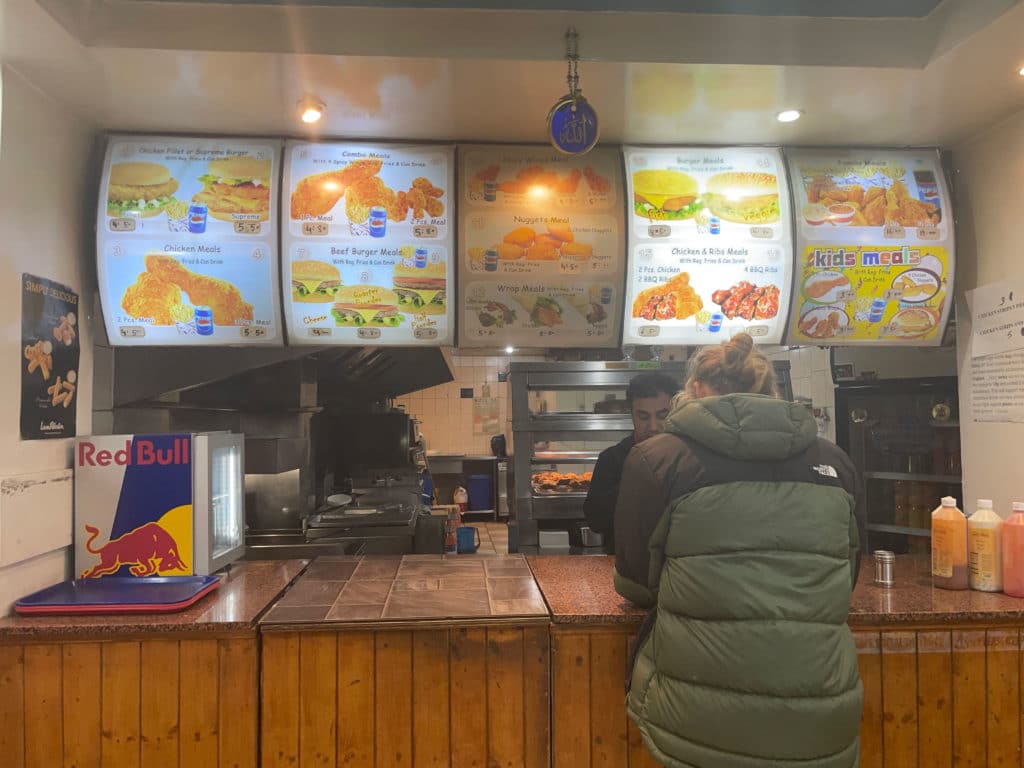
“Less than five per cent of the one billion chickens slaughtered every year in the UK are free range. The vast majority of those birds end up on supermarket shelves, leaving only a tiny proportion of the market for restaurants,” she explains.
Hospitality has always operated on tight margins, so adding any extra costs is always a tough decision, especially when an organic chicken can cost four times as much.
For Ben Rymer, ex-owner of Chicken Town, an outlet selling ‘healthy’ fried chicken in Tottenham, north London, the extra cost of higher welfare chicken was a huge financial strain.
“We sourced it from Swaledale Butchers, which is free-range, high-quality chicken,” says Rymer. “But it automatically became a more expensive product.”
“It made the margins really tight,” says Rymer, who closed his business in 2017.
Likewise, co-founder of Mexican chain Wahaca, Tomasina Miers said in an interview earlier this year: “The move to free range [chicken] was something we believed in, but it was costing us an enormous amount of money.”
This could explain why, during the investigation of different chicken outlets of London, there is a general caginess around sourcing, so to speak.
Less than five per cent of the one billion chickens slaughtered every year in the UK are free range. Juliane Caillouette-Noble, managing director of the Sustainable Restaurant Association.
Of the 12 fried chicken shops approached for comment, eight refused to disclose where their chicken came from and the country of origin.
This was especially notable among the slightly upmarket chains, such as The Bok Shop (Brighton), Chicken N Sours (London), Thunderbird (London) and Butchies (London), whose own websites describe themselves as ‘guilt-free chicken’ or claim to source ‘higher-welfare chicken’.
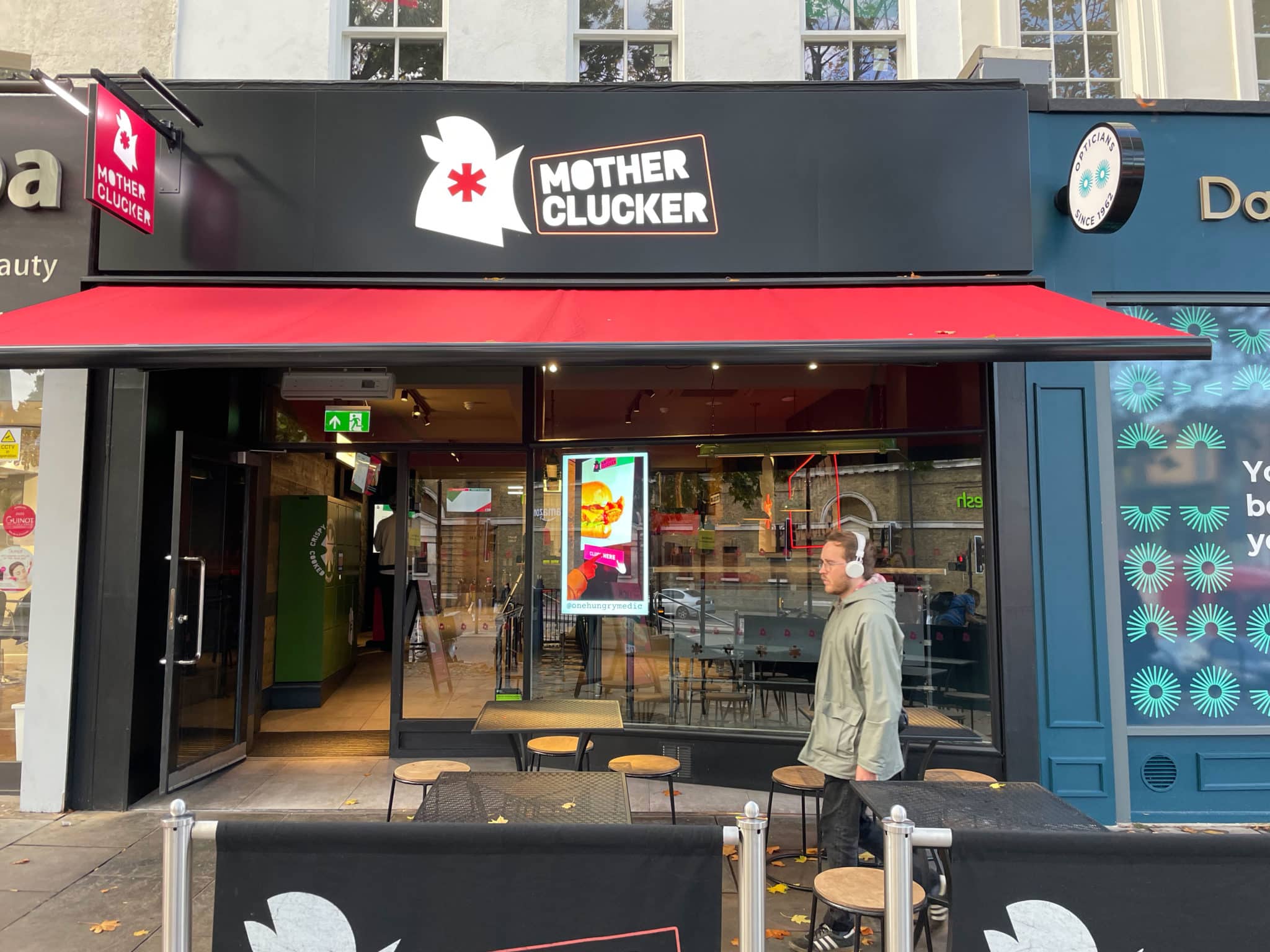
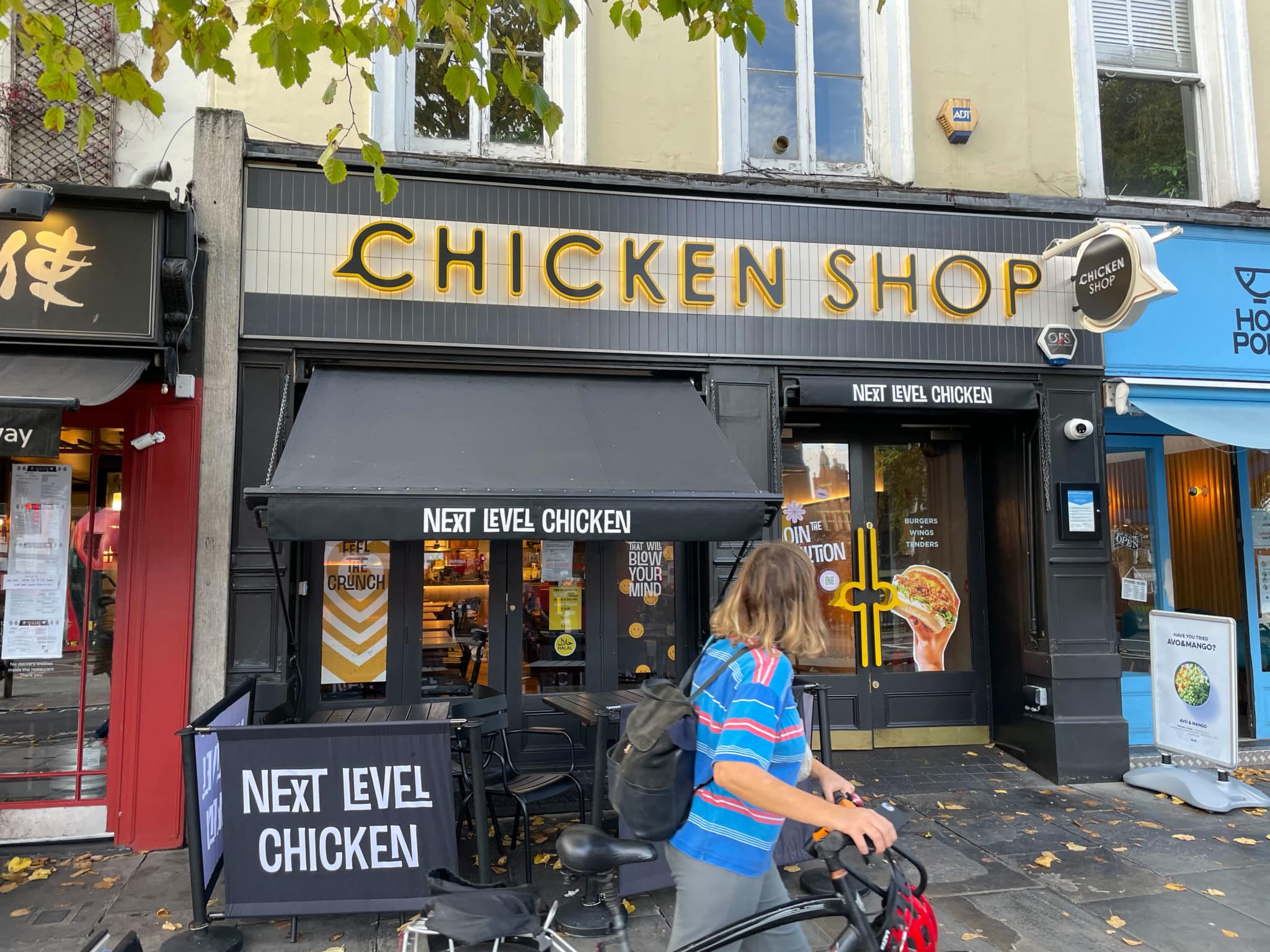
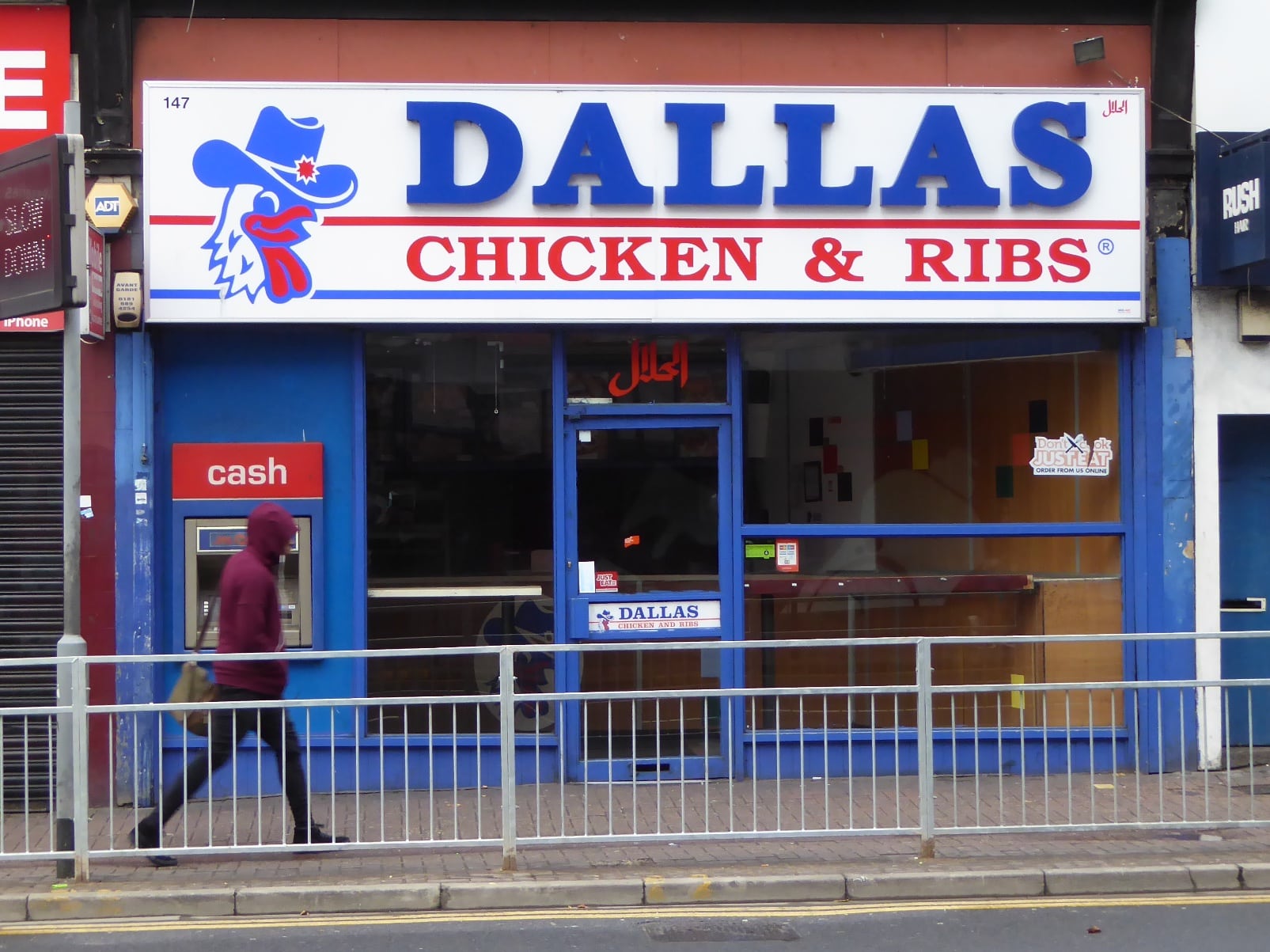
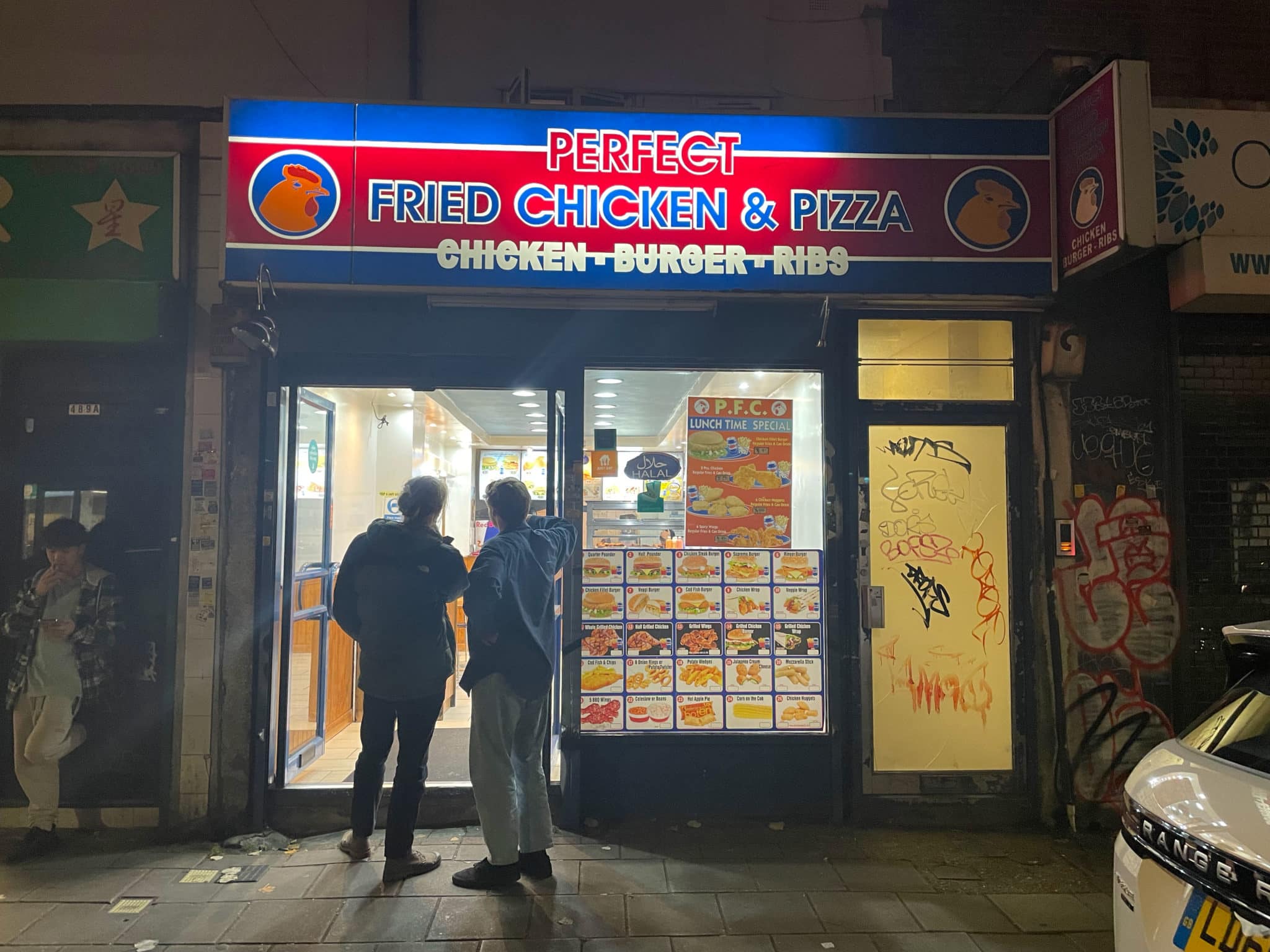
What this means is open to speculation, especially when they refuse to answer questions.
Bigger chains like KFC and Nando’s have signed up to the Better Chicken Commitment, a pledge to increase space, use healthier breeds and natural light in all sheds by 2026, but the sourcing credentials of these household brands is also facing scrutiny. A recent investigation by the Soil Association found in a survey of 20 high street restaurant brands, 11 source their chicken from Thailand, one from China, one from Brazil, with the remaining eight from the UK, Ireland and the EU.
Back to the independent chicken shops, interestingly, the four outlets that were willing to discuss their supply were cheaper options: Roosters Spot, Chicken Cottage, Chicken Town and Tunnel Meals (all in London). They shared the names of suppliers and the challenges they face with price increases due to the conflict in Ukraine and energy costs.
“We get ours from AFC, they’re the cheapest around. A whole chicken cut into nine parts costs £3.49,” says the franchise owner of my local haunt in Stockwell, Roosters Spot. “The price is really going up; we’re going to have to pass it on sooner or later.”
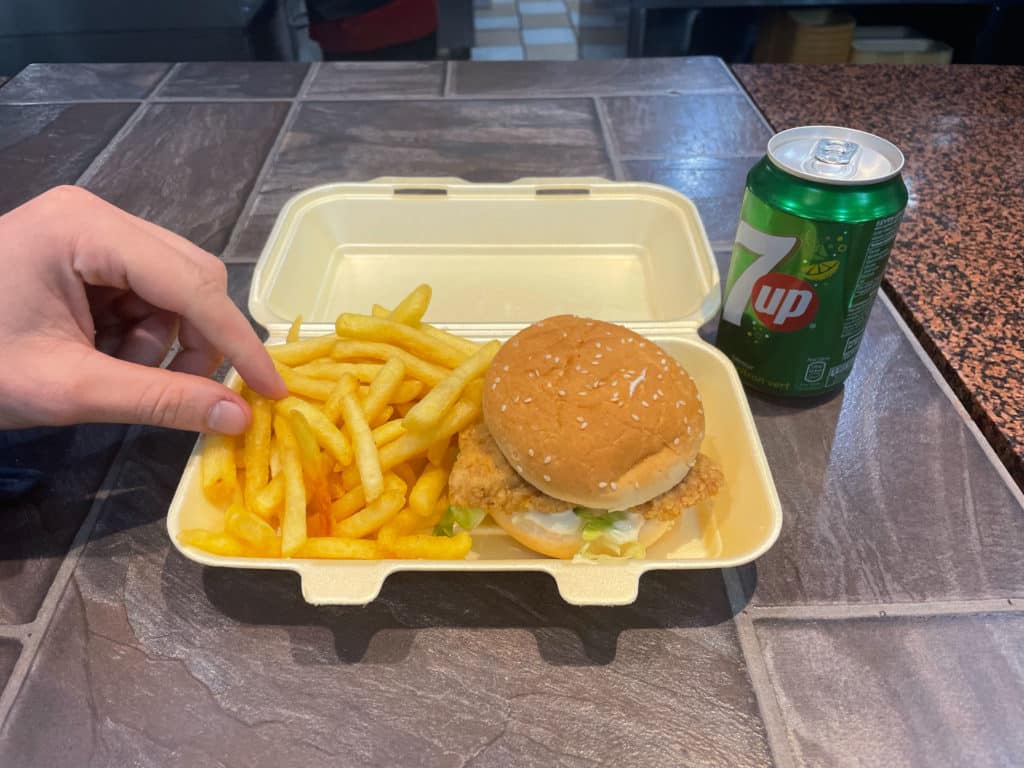
When asked for this investigation, chains including Chicken World, Morley’s, Roosters and Chicken Cottage all said they source their chicken from the same supplier, AFC Food UK. I contacted AFC Food to ask where their chicken comes from but received no reply.
Taking a different tact, I then called the AFC head office pretending to be the owner of a new chicken shop in east London to ask for some quotes and was told the country of origin for the meat was Poland, with birds transported to Amsterdam for ‘processing’.
This is perfectly legal, although Poland has lower levels of animal welfare standards than the UK, with less government accountability, according to the charity World Animal Protection.
Sourcing cheaper chicken overseas is hardly ground-breaking, given the cost of rearing a higher-welfare chicken here and the price of your average fried chicken takeout.
My own reflection is that the system is rigged against us; fried chicken is delicious, cheap and the reasons to abstain are not exactly publicised on the front door.
Plus, as there are three chicken shops within 100 metres of my flat and 8,000 in London alone, it’s only natural that better judgement might evade us at the end of a festive evening.
What’s clear is we need more help, in the form of better labelling, to tell us what we’re eating. Then, perhaps, we could make informed choices, even at two am after a drink or two.
What’s in a label?
Unlike supermarkets, currently restaurants and hospitality venues are not required by law to display the country of origin of meat on menus.
Despite an open letter from the former food and farming minister Jim Paice last year urging caterers to provide more information on the provenance of their food, there has been no further progress.
In the absence of that, and if you are able to find out the country of origin, it’s possible to compare the levels of animal welfare in different countries using this online tool developed by World Animal Protection.
Compassion in World Farming is campaigning for honest labelling on dairy and meat that tells the consumer how it is produced as well as what country it’s raised. But until this applies across eating out, as well as in shops, there is a major barrier to informed choices.

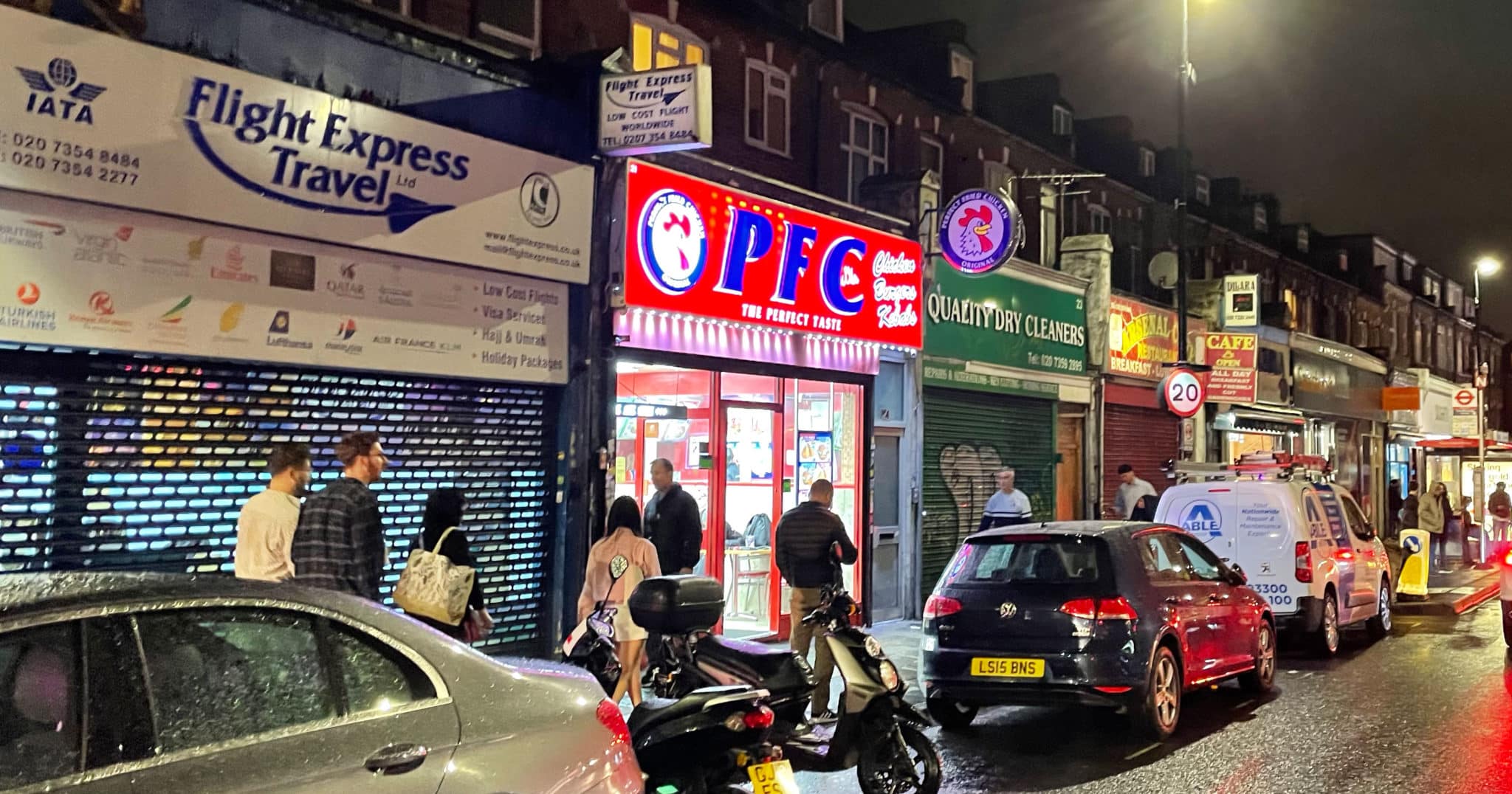







One of the pictures in this article sums up the problem. Dodgy chicken in a white bun with oily chips in what looks like a polystyrene container with a can of sweetened drink! Wow
yes wow indeed – if we all decided not to eat this stuff, just go home and have a piece of toast instead – like I used to as a student many years ago!! (don’t think that will happen somehow)